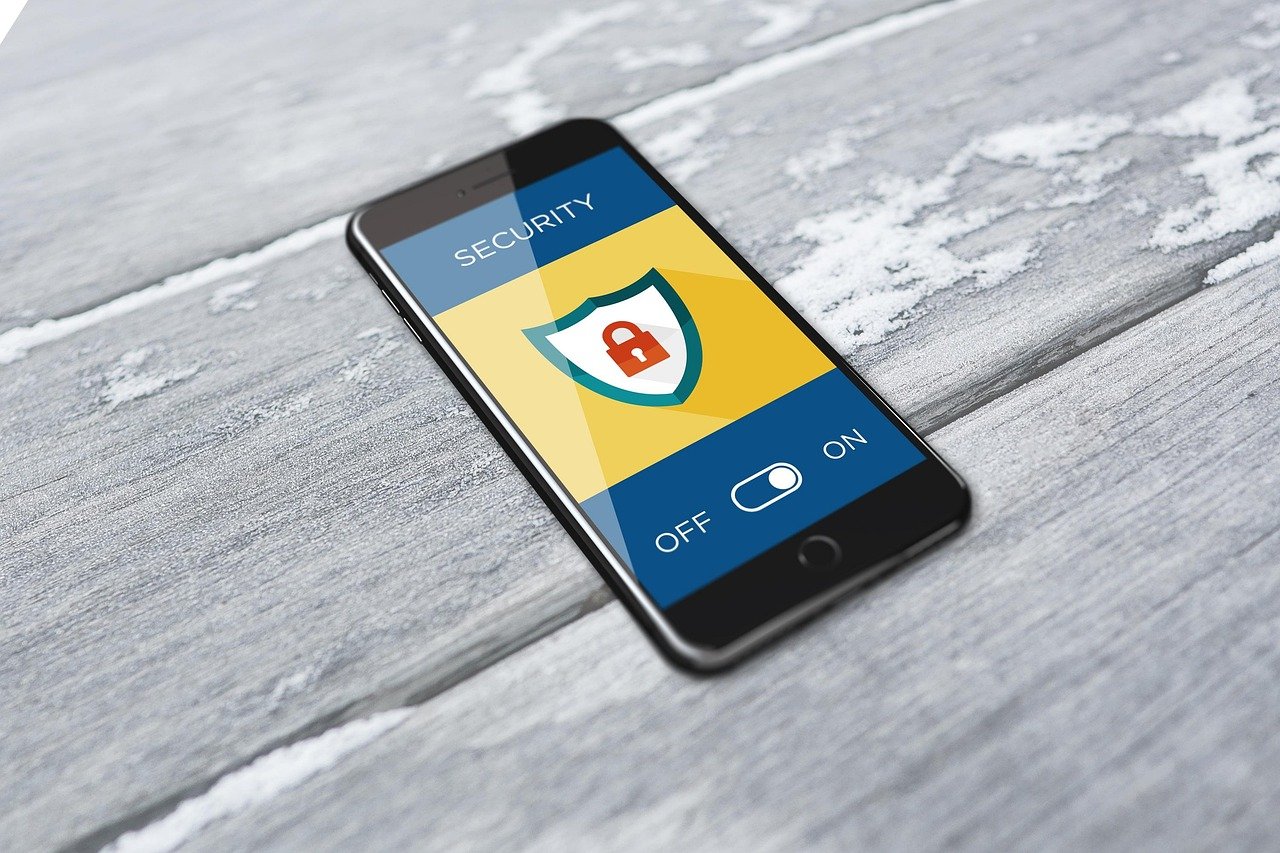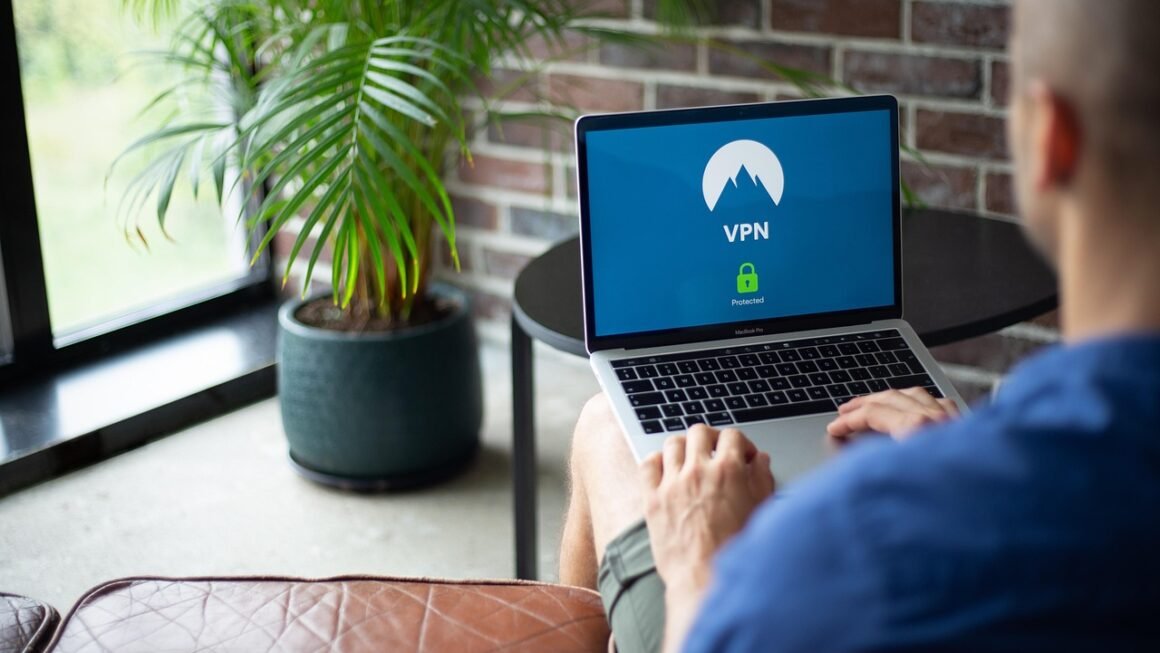Spyware: The Silent Threat Lurking on Your Devices
In today’s interconnected world, our digital devices hold a wealth of personal information, making them prime targets for malicious software. Among the most insidious threats is spyware, a type of malware designed to secretly monitor and collect your data without your knowledge or consent. Understanding what spyware is, how it operates, and how to protect yourself is crucial for maintaining your privacy and security.
What is Spyware?
Definition and Core Functionality
Spyware is a type of malicious software that secretly gathers information about a user’s activities on a computer or mobile device. Unlike other forms of malware that might be more disruptive or obvious, spyware is designed to operate in the background, making it difficult to detect. Its primary goal is to collect sensitive data and transmit it to a third party, often without the user’s awareness.
- Data Collection: Spyware can capture a wide range of information, including:
Keystrokes (to steal passwords, credit card numbers, and personal messages)
Browsing history (to track online activities and interests)
Login credentials (usernames and passwords for various accounts)
Email communications (to intercept and read private messages)
Social media activity (to monitor posts, messages, and connections)
GPS location (on mobile devices, to track the user’s whereabouts)
Webcam and microphone recordings (to capture audio and video without consent)
How Spyware Differs from Other Malware
While spyware shares similarities with other types of malware, there are key differences that set it apart:
- Stealth: Spyware is designed to operate covertly, making it difficult to detect. It often disguises itself as legitimate software or hides within other applications.
- Data Collection Focus: Unlike ransomware, which encrypts files and demands a ransom, spyware is primarily focused on collecting and transmitting data.
- User Consent (or Lack Thereof): While some legitimate applications might collect data with user consent, spyware operates without explicit permission.
- Impact: Spyware can slow down your device, consume bandwidth, and compromise your privacy, but it may not always cause immediate and obvious damage like a virus.
How Spyware Infects Your Devices
Common Infection Methods
Spyware can find its way onto your devices through various means, often exploiting vulnerabilities or deceptive tactics.
- Software Bundling: Spyware is often bundled with legitimate software, meaning it gets installed alongside a program you intentionally downloaded. Pay close attention to the installation process and uncheck any unwanted add-ons.
Example: A free PDF reader might include a bundled toolbar that contains spyware.
- Drive-by Downloads: Visiting compromised websites or clicking on malicious ads can trigger a drive-by download, which installs spyware without your knowledge. Ensure your browser and operating system are up-to-date to patch security vulnerabilities.
- Phishing Emails: Clicking on links or opening attachments in phishing emails can lead to spyware infections. Be wary of suspicious emails from unknown senders, and never provide personal information unless you’re certain of the sender’s legitimacy.
* Example: An email claiming to be from your bank asking you to verify your account information could be a phishing attempt leading to spyware installation.
- Peer-to-Peer (P2P) File Sharing: Downloading files from P2P networks can expose you to spyware-infected files. Avoid using P2P file sharing services whenever possible.
- Fake Software Updates: Scammers sometimes distribute fake software updates that contain spyware. Only download updates from official sources.
Practical Examples of Spyware Tactics
- Keyloggers: These record every keystroke you make, allowing attackers to steal passwords, credit card numbers, and other sensitive information.
- Adware: While technically a form of malware, adware often contains spyware components that track your browsing habits to display targeted ads.
- Tracking Cookies: Some websites use tracking cookies to monitor your online activity and personalize your browsing experience. While not always malicious, these cookies can be used to gather data without your explicit consent.
Recognizing the Symptoms of Spyware Infection
Signs Your Device Might Be Compromised
Detecting spyware can be challenging, as it is designed to operate stealthily. However, there are several telltale signs that your device might be infected:
- Slow Performance: Spyware can consume system resources, leading to sluggish performance and slow application loading times.
- Increased Pop-up Ads: A sudden increase in pop-up ads, even when you’re not browsing the web, can indicate a spyware infection.
- Unexpected Changes to Your Browser: Changes to your homepage, search engine, or toolbar without your consent are often a sign of spyware.
- New or Unfamiliar Programs: The presence of programs you don’t recognize or didn’t install can be a red flag.
- Increased Internet Traffic: Spyware transmits data in the background, which can lead to increased internet traffic and higher bandwidth usage.
- Unusual Error Messages: Frequent error messages or system crashes can sometimes be caused by spyware interfering with your system.
- Security Software Warnings: Your antivirus or anti-malware software might detect and alert you to the presence of spyware.
Tools for Detecting Spyware
- Antivirus Software: A reputable antivirus program can detect and remove many types of spyware.
- Anti-Malware Software: Dedicated anti-malware tools are designed to identify and eliminate various forms of malware, including spyware.
- Spyware Removal Tools: Specialized spyware removal tools can target and eliminate specific types of spyware.
- Task Manager: Regularly check your task manager for unfamiliar or suspicious processes that might be running in the background.
How to Protect Yourself from Spyware
Best Practices for Prevention
Prevention is the most effective way to combat spyware. By following these best practices, you can significantly reduce your risk of infection:
- Install a Reputable Antivirus Program: Choose a reliable antivirus program and keep it up-to-date.
- Use Anti-Malware Software: Supplement your antivirus with a dedicated anti-malware tool for comprehensive protection.
- Keep Your Software Up-to-Date: Regularly update your operating system, browser, and applications to patch security vulnerabilities.
- Be Cautious When Downloading Software: Only download software from official sources and avoid downloading from untrusted websites.
- Read the Fine Print: Pay close attention to the installation process and uncheck any unwanted add-ons or bundled software.
- Be Wary of Phishing Emails: Avoid clicking on links or opening attachments in suspicious emails.
- Use a Firewall: A firewall can help block unauthorized access to your computer.
- Use a VPN (Virtual Private Network): A VPN encrypts your internet traffic and hides your IP address, making it more difficult for spyware to track your activities.
- Practice Safe Browsing Habits: Avoid visiting suspicious websites and be cautious when clicking on links or downloading files.
- Regularly Scan Your System: Perform regular scans with your antivirus and anti-malware software to detect and remove any spyware that might have slipped through.
What to Do If You Suspect an Infection
If you suspect that your device is infected with spyware, take the following steps:
Conclusion
Spyware poses a significant threat to your privacy and security, but by understanding how it works and taking proactive measures, you can protect yourself and your devices. Staying informed, practicing safe browsing habits, and using reputable security software are essential steps in the fight against spyware. Remember to be vigilant and take swift action if you suspect an infection.



